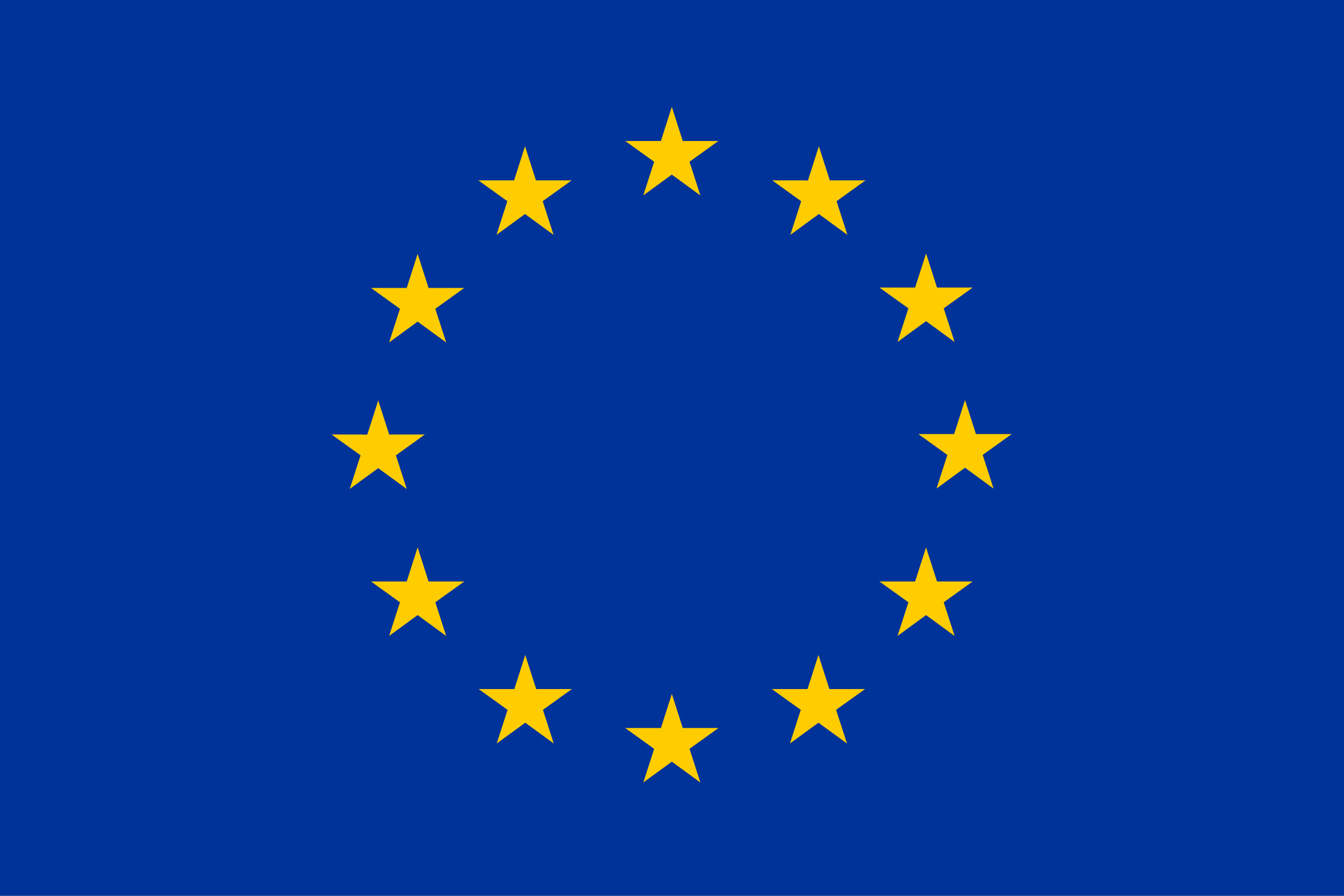(→Types: added info for the digitwin edition) |
No edit summary |
||
| (3 intermediate revisions by 2 users not shown) | |||
| Line 46: | Line 46: | ||
== North Sea Digitwin Edition == | == North Sea Digitwin Edition == | ||
In the North Sea Digitwin Edition the data is from | In the North Sea Digitwin Edition the data for the Vessel Density layer is from the [https://ows.emodnet-humanactivities.eu/wms EMODnet Human Activities] catalogue. The data automatically updated through WMS connection. | ||
=Baltic Sea= | =Baltic Sea= | ||
| Line 64: | Line 64: | ||
[https://community.mspchallenge.info/wiki/Models_in_the_platform More info]. | [https://community.mspchallenge.info/wiki/Models_in_the_platform More info]. | ||
==Western Baltic Sea== | |||
The Shipping Intensity layer in the Western Baltic Sea Edition remains consistent with that featured in the Baltic Sea edition. | |||
=Clyde Marine Region= | =Clyde Marine Region= | ||
| Line 89: | Line 91: | ||
* High | * High | ||
* Extremely High | * Extremely High | ||
==Metadata== | |||
Not applicable. | |||
This layer is computer generated by our Shipping Model. | |||
[https://community.mspchallenge.info/wiki/Models_in_the_platform More info]. | |||
=Eastern Mediterranean Sea= | |||
== Types == | |||
* 0 to 500 ship | |||
* 500 to 1000 ship | |||
* 1000 to 2000 ship | |||
* 2000 to 3000 ship | |||
* >3000 ship | |||
==Metadata== | ==Metadata== | ||
Latest revision as of 12:37, 6 November 2024
This page was last edited on 6 November 2024, at 12:37. Content is available under GPLv3 unless otherwise noted.
 Co-funded by the European Union.
Co-funded by the European Union.